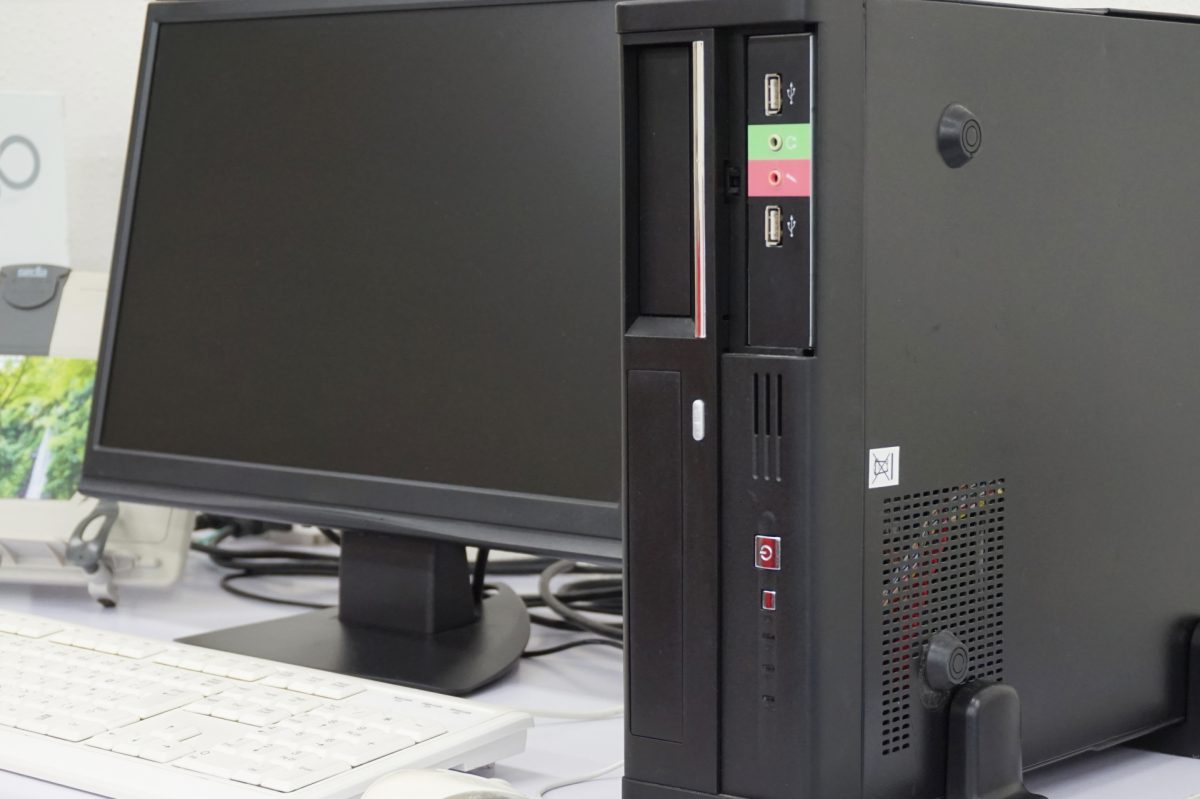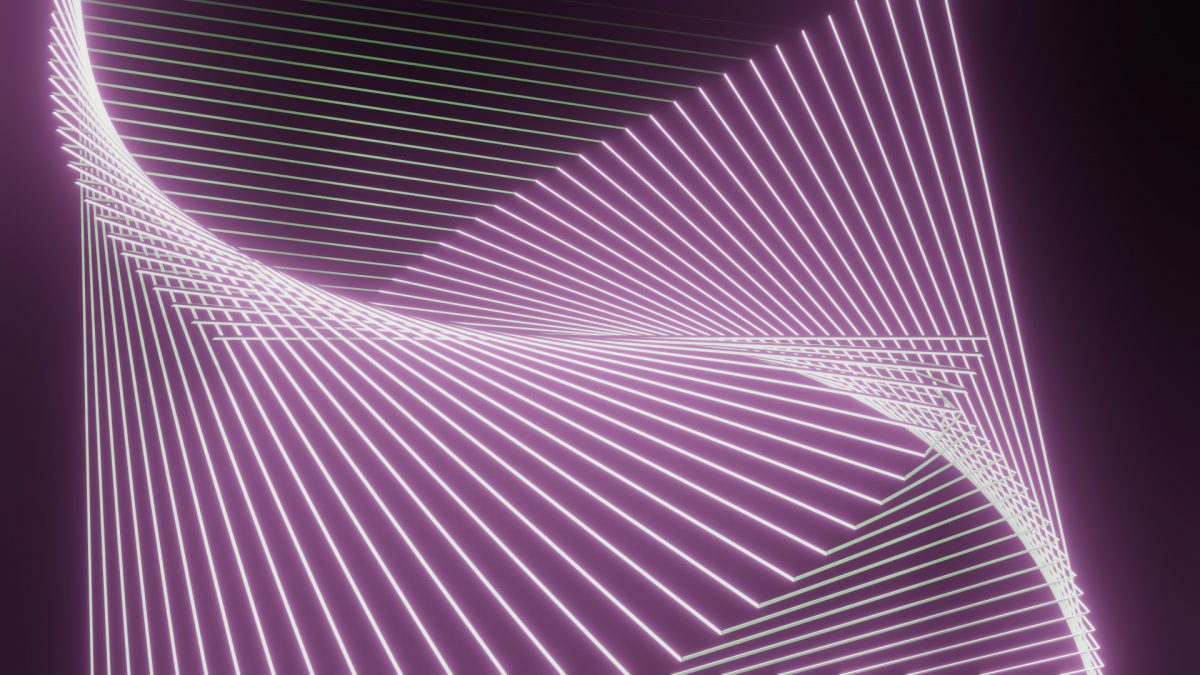Blender is a highly versatile and powerful 3D creation suite that’s free and open-source, making it incredibly popular among 3D enthusiasts and professionals alike. While Blender is user-friendly, rendering complex 3D scenes can be a time-consuming task. That’s where Blender render farms come in, offering an efficient solution to streamline the rendering process. A Blender …










